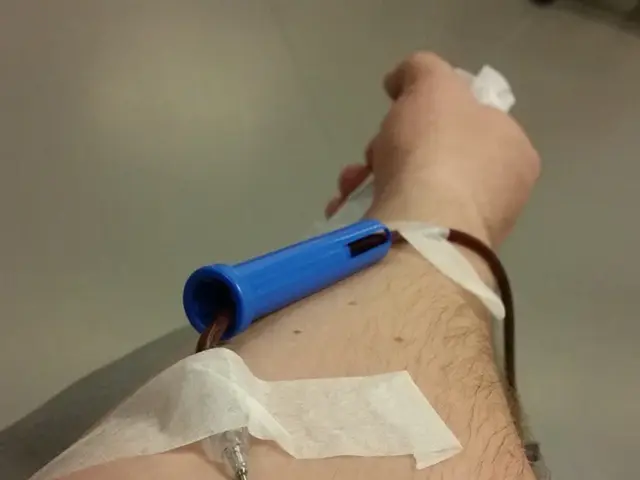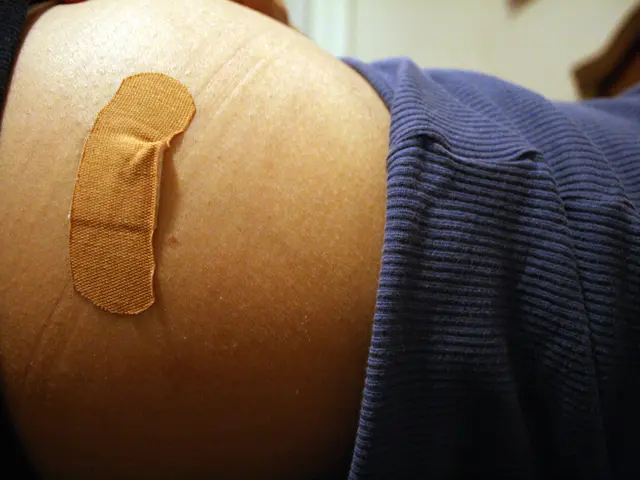Title: Understanding Gender-Affirming Hair Transplants: Process and Expectations
Transitioning for some individuals in the transgender community may involve hair transplant procedures to align their physical appearance with their inner selves. Hair plays a significant role in how we present ourselves, especially when it comes to expressing our gender identity. Gender-affirming hair transplants involve transferring hair follicles from one part of the body to another to adjust a person's hairline or encourage hair growth in specific areas.
This article covers various hair transplant procedures that might be part of a person's gender-affirming care, including how they work, their costs, and the recovery process.
What are Hair Transplants, and Why Might Transgender Individuals Need Them?
Hair transplants are surgical procedures aimed at stimulating hair growth in areas where hair is thinning or entirely absent. These procedures involve a physician extracting hair follicles from an area with thicker, denser hair (known as the donor site) and implanting them into a new area.
Depending on a person's gender identity and their specific goals, several hair transplant procedures might be considered:
- Hairline Lowering/Hairline Feminization: This procedure aims to create a more feminine hairline by lowering it and giving it a rounder shape.
- Crown Restoration: This helps promote new hair growth in areas that have thinned due to male pattern baldness.
- Facial Hair Restoration: This aims to encourage the growth of thicker and more visible facial hair.
- Chest Hair Restoration: This aims to boost body hair growth across the chest.
Doctors may speak about these procedures as masculinizing or feminizing, but every individual's sense of gender is unique. They may undergo any combination of procedures to feel comfortable in their own skin.
Common Hair Transplant Procedures
There are two prevalent hair transplant procedures: Follicular Unit Extraction (FUE) and Follicular Unit Strip Surgery (FUSS) or Follicular Unit Transplantation (FUT).
Follicular Unit Extraction (FUE)
With the FUE technique, a surgeon collects individual follicles using a hollow, circular blade or a "punch" from the donor site. Each follicle is collected one by one, leaving a small circular wound.
Follicular Unit Strip Surgery (FUSS) or Follicular Unit Transplantation (FUT)
In FUSS (or FUT), a surgeon removes a strip of skin from the donor site, creating a linear scar. They then harvest the hair follicles from the strip under a microscope.
How Hair Transplant Procedures Work and What to Expect
Before the procedure, the surgeon or hair technician will outline the areas for the new hair growth. They may trim the hair in the donor site for easier access, administer local anesthetics to the surgery sites, and prepare the new hair follicles.
During the procedure, the surgeon implants the new hair follicles into the new area, depending on the type of hair transplant and the number of follicles being transferred.
The procedure can take 4-8 hours, depending on the technique and the number of follicles being extracted. Patients may experience mild pain and swelling after the procedure, which usually subsides within a few days. Regular activities can usually be resumed within 10 days, although strenuous exercise and contact sports are best avoided for three weeks.
Between 2 and 8 weeks after the procedure, the implanted hairs may fall out. This is normal in the recovery process, with new hair growth typically beginning approximately three months post-transplant and reaching full maturation around 10-12 months after the procedure.
Cost of Hair Transplant Procedures for Gender-Affirming Care
The cost of a hair transplant can vary depending on the surgeon and the type of procedure. Procedures that involve removing and implanting more hairs over a larger area tend to be more expensive and require a longer recovery period.
Hair transplant procedures that may be part of a person's gender-affirming care, such as hairline lowering, beard transplants, and chest hair transplants, typically cost between $3,000 and $15,000.
Questions to Ask a Doctor Before Getting a Hair Transplant as Part of Gender-Affirming Care
During a consultation, individuals considering a hair transplant as part of their gender-affirming care may wish to ask their surgeon about their experience with transgender patients, past results, associated risks, and handling complications.
For those seeking a surgeon specializing in treating transgender individuals, research has shown that working with a surgeon who is sensitive and understanding of their experiences can lead to lower stress levels during the process.
In the context of gender-affirming care, some individuals may explore haircare options such as hair transplant procedures. These procedures can involve techniques like Follicular Unit Extraction (FUE) or Follicular Unit Strip Surgery (FUSS/FUT), which help stimulate hair growth in desired areas. For example, a transgender woman might consider a hairline lowering or feminization procedure to enhance her appearance and align it with her inner self.








